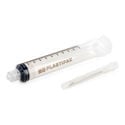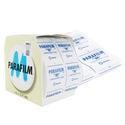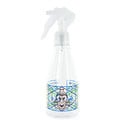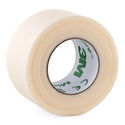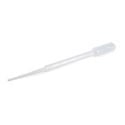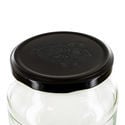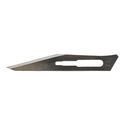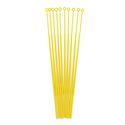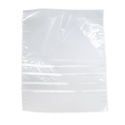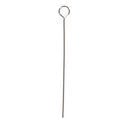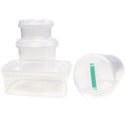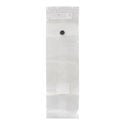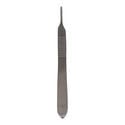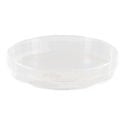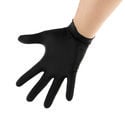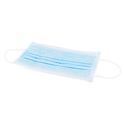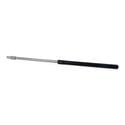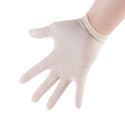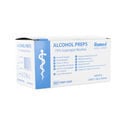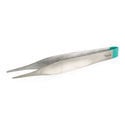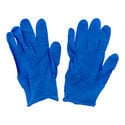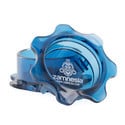-
Seed Shop
-
Top 10’s
- Top 10 Feminized Seeds USA
- Top 10 Autoflower Seeds USA
- Top 10 CBD Seeds USA
- Top 10 Zamnesia Seeds
-
Favourites
- Beginner Strains
- Below 1% THC
- Classic Cannabis Strains
- Cup Winners
- F1 Hybrids
- Fast-Flowering Strains
- High THC Seeds
- Mix Packs
- Zamnesia Exclusive Collabs
-
-
THCa Shop
-
Kratom Shop
-
Smoke Shop
-
Smartshop
-
Shroom Shop
-
Growshop
-
Seed Shop
All CategoriesSeed Shop
-
TRIBE
All CategoriesTRIBE
- My Membership
- Spend Gift Points
- Exclusive products
- Earn Extra Gift Points
-
TRIBE
- Early Access
- Refer a Friend
- Information
-
TRIBE
-
Language
 United States
United States
Wednesday, 23 April and Tuesday, 29 April 2025*
How To Protect Your Magic Mushroom Grow From Mushroom Flies
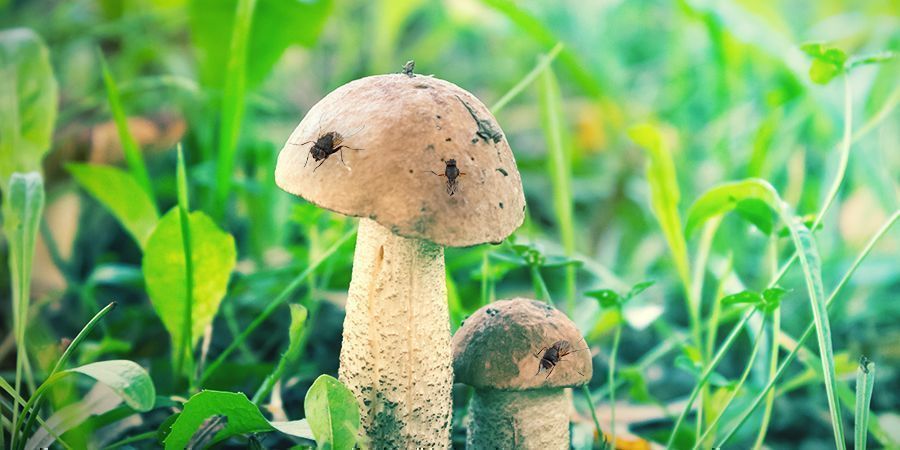
Mushroom flies are a type of pest that is capable of attacking your magic mushroom grow and doing some damage. They thrive off of mycelium and compost. They are hardy in nature, however, several options exist that offer mushroom cultivators peace of mind. Methods such as pasteurisation and a variety of solutions can be employed to prevent and remove the threat of mushrooms flies.
WHAT ARE MUSHROOM FLIES?
These tiny and dark coloured creatures live very short lives. They measure between 2-8 millimetres in length and sometimes act as pollinators for plant pollen and mushroom spores. Mushroom flies are known to be weak flyers, often choosing to walk over plants and soil. They originate from various different families, which include Sciaridae, Diadocidiidae, Ditomyiidae, Keroplatidae, Bolitophilidae and Mycetophilidae.
Mushrooms flies are hardy creatures and capable of surviving cold temperatures. Female mushrooms flies can lay around 50 and up to 300 eggs into compost. These eggs then become larva, which develop into pupa and then finally reach the adult stage.
HOW DO FLIES HURT YOUR MUSHROOM GROW KIT?
If your magic mushroom grow has been hit by a mushroom fly infestation, several problems may arise. Mushroom flies and their larva will begin to feast off the compost that nourishes your mushrooms, as well as the mycelium networks underneath them. In doing so, mushroom flies may compromise optimal yields.
HOW TO FIGHT MUSHROOMS FLIES IN A NATURAL WAY
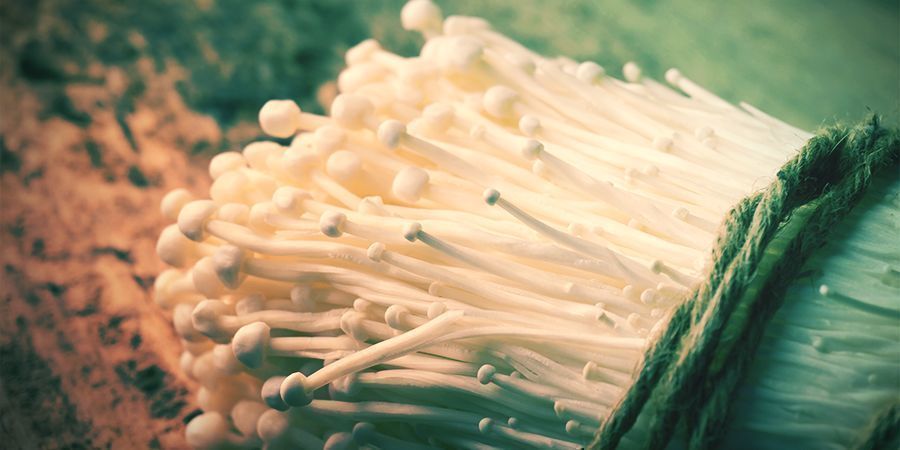
If you are unfortunate enough to realise that your mushroom grow is under attack from mushroom flies, there are several methods you can select to make sure you eliminate them successfully to avoid any damage to your grow. Using chemicals are an option to deter and defeat them, however far more natural and organic options do exist.
If you have the space and resources, one option would be to introduce some new pets into your home in the form of natural predators. Venus fly traps might be a good option for some. They will settle into the humid climate of the grow space and munch away a fair amount of the invading species.
The regal and majestic praying mantis can also be brought into the grow space to take out the threat in their highly accurate and stealthy ways. These insects can grow quite large and impractical, however, whilst they are still babies they can serve as great bodyguards for your mushroom grow.
Predatory mites can similarly be used to control mushroom fly larvae. Predatory nematodes also attack other insects during their larval stage.
And finally, when it comes to natural predators that help tackle the potential problem of mushroom flies, parasitic wasps can be used.
HOW TO PREVENT MUSHROOM FLIES
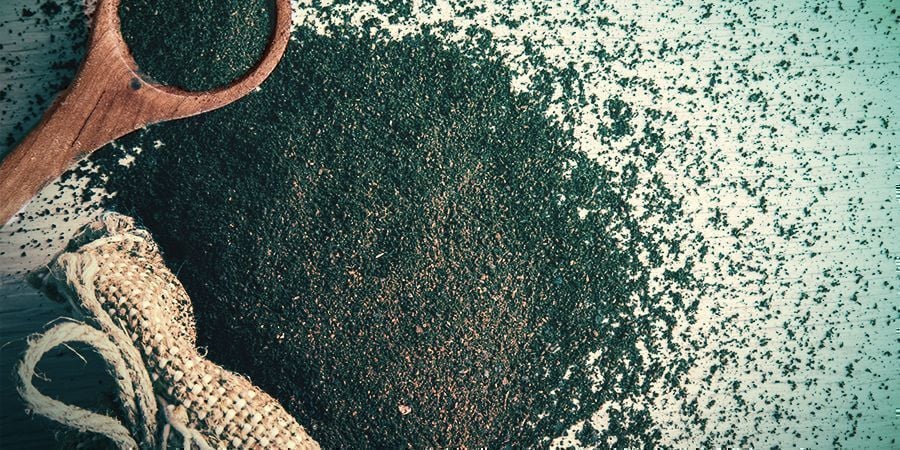
Preferably, growers will aim to carry out preventative measures to avoid an infestation from taking place to begin with. Means such as coffee grounds and tobacco can be introduced into the growing space to deter these pests.
Pasteurising your choice of substrate is perhaps the most efficient way of preventing the presence of mushroom flies. This step will ensure that any pests already present in your substrate will be eliminated before cultivation even begins. To do so, preheat your oven to 93 degree Celsius. Pour some of your compost into a baking tray and use a thermometer to monitor the temperature of the middle of the soil. When the middle of the material reaches 71 degrees Celsius, let it bake for 30 minutes.

Related products
-
-
$4.99 $4.24+2 Extra Gift Points
-
$3.50
-
+2 Extra Gift Points
-
$10.99+5 Extra Gift Points
-
$4.99
-
$0.19 $0.10
-
$0.65 $0.49
-
$0.99
-
$2.99
-
$2.99
-
$2.99
-
$0.99
-
-
$8.99
-
-
$10.28 $8.22
-
$0.49
-
$24.99
-
$14.99 $11.99
-
$4.99 $3.99
-
+4 Extra Gift Points
-
$3.99
-
$1.99 $1.59
-
$4.99 $4.24+3 Extra Gift Points
You might also like
-
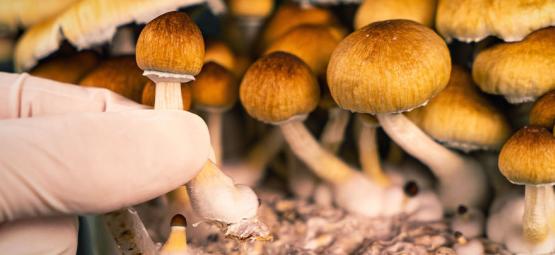
 5 min
April 26, 2022
How To Harvest Magic Mushrooms
Now the time has come to harvest your magic mushrooms, you're almost there. Mastering this stage is fairly simple, but crucial if you want to reap the rewards of all your hard work. Find out how with ...
5 min
April 26, 2022
How To Harvest Magic Mushrooms
Now the time has come to harvest your magic mushrooms, you're almost there. Mastering this stage is fairly simple, but crucial if you want to reap the rewards of all your hard work. Find out how with ...
-
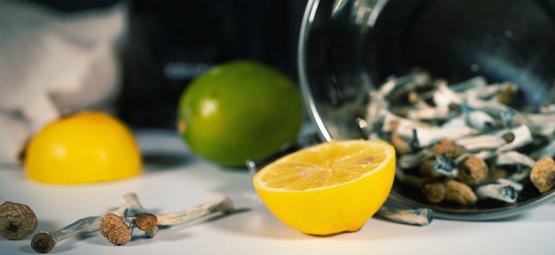
 4 min
April 22, 2021
How To Make Lemon Tek For A Faster Mushroom/Truffle Trip
Sometimes, you just want to come up hard and fast. Luckily, there's a way. If you're after mind-bending trips in under twenty minutes, you've come to the right place. Just make sure you're prepared fo ...
4 min
April 22, 2021
How To Make Lemon Tek For A Faster Mushroom/Truffle Trip
Sometimes, you just want to come up hard and fast. Luckily, there's a way. If you're after mind-bending trips in under twenty minutes, you've come to the right place. Just make sure you're prepared fo ...
-
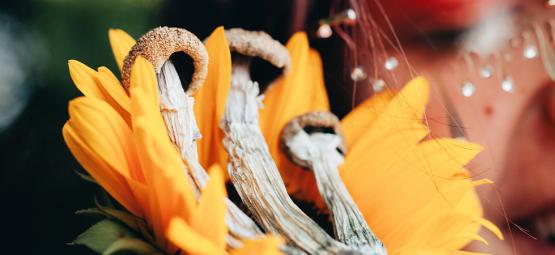
 9 min
April 19, 2019
How To Prepare For A Safe Psychedelic Trip?
Here at Zamnesia, we want to make sure you have a good trip on your first plummet down the rabbit hole. Follow these guidelines whether you just want to giggle uncontrollably for a while or give your ...
9 min
April 19, 2019
How To Prepare For A Safe Psychedelic Trip?
Here at Zamnesia, we want to make sure you have a good trip on your first plummet down the rabbit hole. Follow these guidelines whether you just want to giggle uncontrollably for a while or give your ...
-

 2 min
May 29, 2018
How To Make Magic Truffle/Mushroom Tea
Tea is an ideal way to ingest the magic - it is tasty, gentle on the stomach and absorbs faster. What’s not to like? ...
2 min
May 29, 2018
How To Make Magic Truffle/Mushroom Tea
Tea is an ideal way to ingest the magic - it is tasty, gentle on the stomach and absorbs faster. What’s not to like? ...
Categories
-
Seed Shop
- Feminized Seeds
- Autoflower Seeds
- Regular Cannabis Seeds
- F1 Hybrids
- Zamnesia Seeds
- Top 10 Autoflower Seeds USA
- Top 10 Feminized Seeds USA
- Top 10 CBD Seeds USA
- Top 10 Zamnesia Seeds
- Beginner Strains
- Below 1% THC
- Classic Cannabis Strains
- Cup Winners
- F1 Hybrids
- Fast-Flowering Strains
- High THC Seeds
- Mix Packs
- Zamnesia Exclusive Collabs
- Amnesia Seeds
- Blueberry Seeds
- Cheese Seeds
- Diesel Seeds
- Gorilla Seeds
- Haze Seeds
- Kush Seeds
- Purple Seeds
- Skunk Seeds
- White Widow Seeds
-
THCa Shop
-
Kratom Shop
-
Smoke Shop
-
Smartshop
-
Shroom Shop
-
Growshop
Account
Information
Our Offers
Our website won't work without these cookies activated. Therefore functional cookies can't be disabled.















